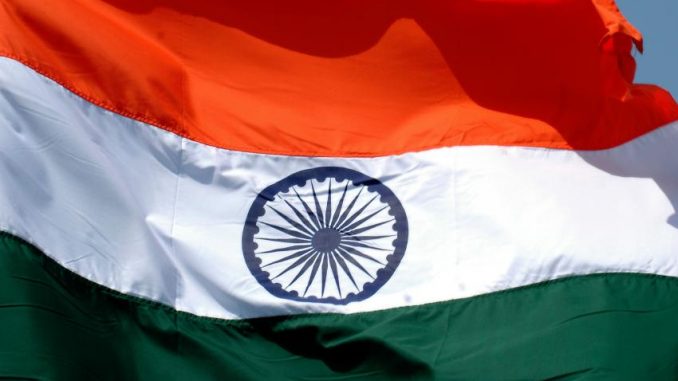07 July, 2017
Tesla CEO Elon Musk has today confirmed his company will build the largest lithium ion battery in the world in South Australia.
It comes after Musk made a public offer to deliver the battery to South Australia within 100 days.
Mr Weatherill said the "historic agreement" meant his state was now leading the world in battery storage of renewable energy. Tesla's Powerpack system will be able to do this, fed by a wind farm provided by Neoen who joins Tesla in the contract win.
In response, the South Australian Government as a leader in renewable energy, looked for a sustainable solution to ensure energy security for all residents, now and into the future, calling for expressions of interest to deploy grid-scale energy storage options with at least 100 megawatts (MW) of capacity.
The tender was flagged earlier this year after the series of blackouts and load-shedding that afflicted the state following a series of extreme weather events and equipment failures, and after a billionaire tweet exchanged prompted by Tesla's claim to be able to fix the problem in 100 days.
The South Australian government has previously been criticized by the federal government for its reliance on renewable energies, following a spate of blackouts during the summer, the Australian Energy Market Operator (AEMO) said South Australia's reliance on "non-synchronous" forms of electricity mean the grids were "experiencing more periods with low inertia".
State premier Jay Weatherill said the investment showed South Australia was leading by example. Tesla said the project should be completed by the end of 2017 and will power 30,000 homes.
"We're talking about something that's three times as powerful as the next [largest ion] battery". It will be installed at the Hornsdale Wind Farm, a string of wind turbines stretching 8km and 24km north of Jamestown in South Australia.
"The battery will take renewable energy and store it. and then play it into our electricity market at a time when we need it", Mr Weatherill said in March.
"It opens up new opportunities for renewable energy in this state, in this nation, and around the world, to be dispatchable [to be used]".
The battery is expected to provide backup and stability services through energy storage.
In September past year the state was plunged into a blackout after a severe storm interrupted power supply.











